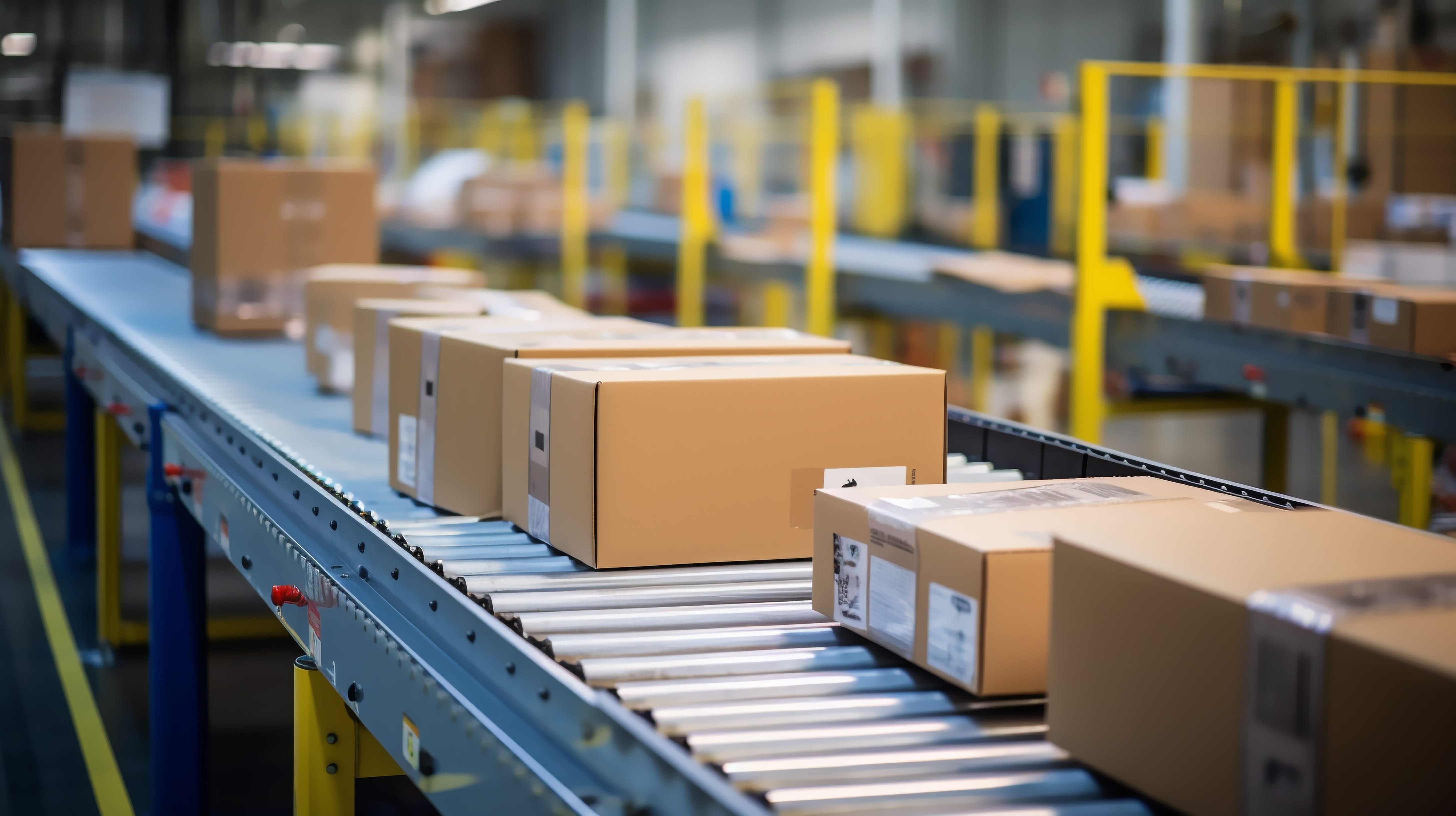
Conveyor systems transport items from one location to another, but rarely do they operate in a simple straight line. In industrial applications, items on the move often need to be pushed, pulled, lifted, or lowered along the way in order to get to their proper final destination. Choosing the right actuators to drive each of these movements ensures the conveyor system can deliver consistent, reliable, cost-efficient performance.
Material handling operations can be particularly complex. Products must be redirected from one conveyor to another for sorting, into containers for packing and shipping, or away from the line as rejected waste. Tensioning can also be important to maintain speed or when it’s necessary to stop and briefly hold a product.
Not every actuator is right for every job, so the selection process starts with knowing what task or action the cylinder will need to perform. Then, there are other factors to consider:
Available power source
Compressed air is most common in indoor settings. Pneumatic cylinders are very versatile, offering styles, sizes and configurations to solve nearly any conveyor system design challenge.
Speed
How fast does the conveyor need to move? Or, how quickly (and how frequently) does a specific action such as pushing or lifting a product need to happen?
Shafts don’t require tensioning, but for chain- or belt-driven conveyors, actuators can control tension to maintain tautness and consistent speed. The longer the conveyor, the greater the need for tensioning.
Load
How much force will be required to operate the cylinder for continuous tensioning, for stopping and restarting, or for performing a specific task? This will help determine the most efficient bore size.
Stroke length
Pneumatic actuators come in a wide range of stroke lengths. Obviously, shorter stroke lengths cannot support long loads. And longer stroke cylinders are unnecessary when a short or compact cylinder will do. Rod cylinders can have long stroke lengths, but even they have limits because gravity can add torque at some point.
Some cylinders from Artec have a longer snout with the bearing extended on the cylinder to handle the higher side load. That can be a good solution, although if space is limited the added bearing may make the cylinder too big to fit the envelope. You may need to compromise, finding another actuator better suited for your allotted space or altering your design to allow for the longer cylinder.
Single- or Double Action
Single-action actuators work fine for tensioning because the conveyor’s resistance serves to retract (or extend) the cylinder rod. Single-acting cable cylinders can also create tension to pull items from a conveyor because the piston attached to the cable can also be attached to whatever needs to be tensioned.
Double-acting actuators typically work best for pushing and pulling because the rod retracts out of the way after performing its task. In cases where the task is performed from above, a rodless linear actuator can be mounted on a different level rather than on the side of the conveyor.
Overall space availability
Manufacturing equipment design is trending smaller, to conserve space and reduce construction and operating costs. Properly sizing pneumatic cylinders can provide a valuable solution.
Operating environment
Standard cylinders are fine for dry environments. However, hot and/or damp environments, food handling or other strict sanitation requirements that include washdown or harsh chemicals all call for stainless steel cylinders.
Operating conditions also make it essential to select the proper seals for the actuators you choose.
Cost
There are two types of cost to consider: up-front cost of the actuator itself, and efficiency of operation, maintenance and replacement needs over time.
Selecting the Right Actuator
Once you have all your specs in line, then you can determine which type and size actuator will perform best. At Branham, we offer three types of pneumatic actuators that are well-suited for conveyor systems.
These low-profile cylinders are both compact and non-rotating.
These products meet internationally recognized standardization requirements. Many of them are interchangeable with some of the more common cylinders in the market, which can enhance conveyor system design and maintenance flexibility.
Rodless cylinders
These actuators can be used in cases where design requires:
- Tensioning
- Longer stroke
- Locating the actuator overhead rather on the side of the conveyor
- Level changes, such as moving products up an elevator
Branham rodless options include:
Choosing the right actuators can enhance conveyor system design and ensure top ROI through reliable, cost-efficient operation. Branham design engineers are always happy to make product and design recommendations to help your project achieve the best possible results.


